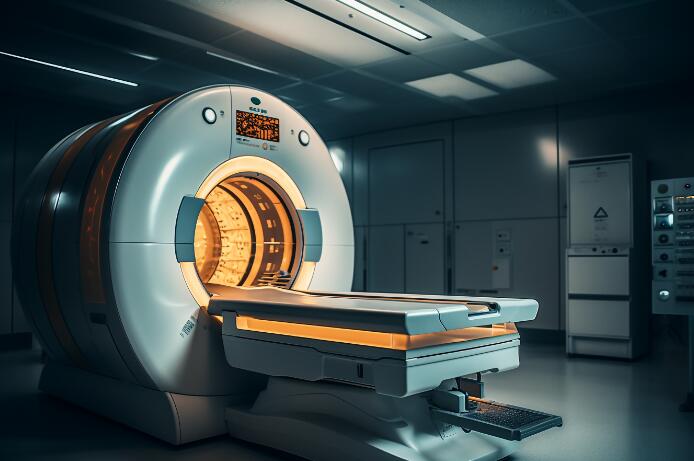Medical image analysis has always faced the challenge of huge and complex MRI image data. Traditional methods cut 3D MRI images into 2D images for analysis, which limits the understanding of complex anatomical structures. However, GE Healthcare released the industry's first whole-body 3D MRI research basic model at the AWS re:Invent conference, bringing a breakthrough to this problem. The model is built on more than 173,000 images, requires five times less computing power for training than before, enables real-time analysis of complex 3D MRI data, and supports search and linking of images and text, as well as segmentation and classification of diseases.
MRI images have always been a challenge in medical image analysis due to their complexity and large amount of data. In order to train a large language model (LLM) for MRI analysis, developers have to cut the acquired images into 2D images. Although such processing is feasible, it limits the model's ability to analyze complex anatomical structures, especially in brain tumors, in complex cases such as bone disease or cardiovascular disease.

Picture source note: The picture is generated by AI, and the picture authorization service provider Midjourney
However, GE Healthcare released the industry's first whole-body 3D MRI research basic model (FM) at this year's AWS re:Invent conference, which marks that MRI models can finally utilize 3D images of the entire body. The model was built based on more than 173,000 images from 19,000 studies, and the development team said that with this new model, training required five times less computing power than before.
Although GE Healthcare has not yet commercialized this basic model, it is still in the research phase, and early evaluator Mass General Brigham is about to begin experimental use of the model. Parry Bhatia, chief artificial intelligence officer of GE Healthcare, said he hopes to give these models to the technical teams of the medical system to help them develop research and clinical applications more quickly and economically.
The emergence of this model will enable real-time analysis of complex 3D MRI data. The GE Medical team has accumulated ten years of advanced technology. Its flagship product AIR Recon DL is a deep learning reconstruction algorithm that can help radiologists obtain clear images faster and reduce scanning time by up to 50%. In addition, the 3D MRI model can support search and linking of images and text, as well as segmentation and classification of diseases, hoping to provide medical professionals with more detailed scan information than ever before.
In terms of data processing, the development team adopted an "adjustment and adaptation" strategy to enable the model to process a variety of different data sets. Even if some image data are incomplete, the model can skip the missing parts. In addition, semi-supervised student-teacher learning methods are also used to improve the model's learning ability under limited data conditions.
In order to solve the computing and data challenges encountered in building this complex model, GE Healthcare leveraged Amazon's SageMaker platform, combined with the distributed training capabilities of high-performance GPUs, to significantly improve data processing speed and model training efficiency. This is all done while ensuring compliance with compliance standards such as HIPAA, in order to provide patients with more personalized medical services.
Currently, the model is focused on MRI, but the developers see huge opportunities for expansion into other medical fields. In the future, based on this basic model, it may be possible to provide faster and more efficient solutions for fields such as radiotherapy.
Highlight:
GE Healthcare launches the industry's first full-body 3D MRI research basic model, significantly improving image analysis capabilities.
The new model reduces computing resource consumption and improves training efficiency by adjusting data processing strategies.
This model is expected to be expanded to other medical fields in the future to facilitate more precise medical services.
GE Healthcare’s 3D MRI research basic model marks a new era of medical image analysis. Its efficient analysis capabilities and potential application prospects will greatly promote the progress of medical technology and bring more accurate and convenient results to patients. Medical services. In the future, this model is expected to be applied in more fields to further improve the efficiency of medical diagnosis and treatment.